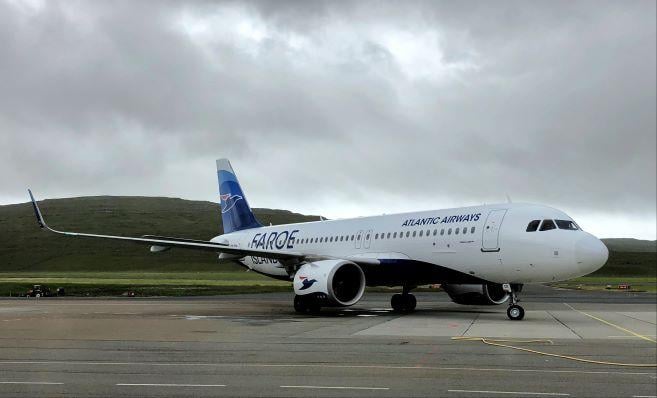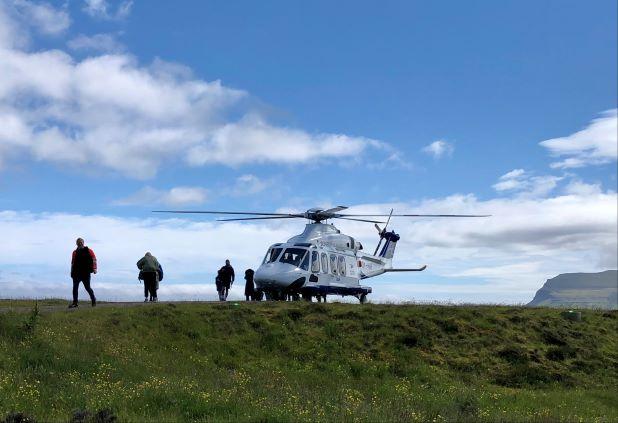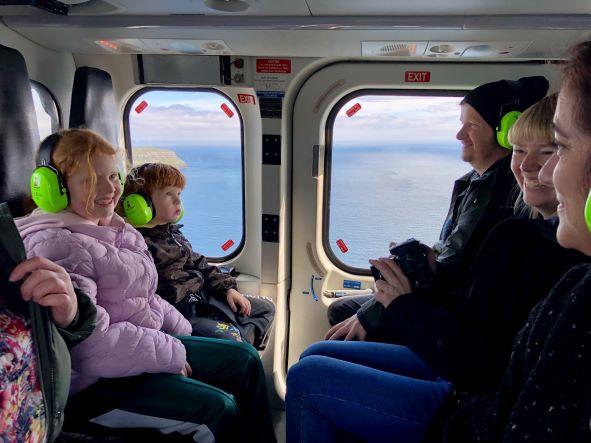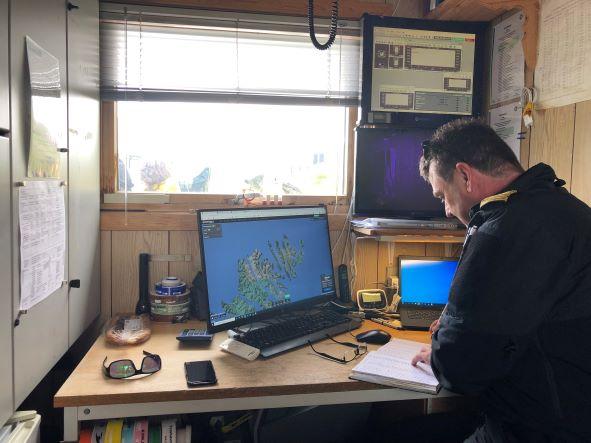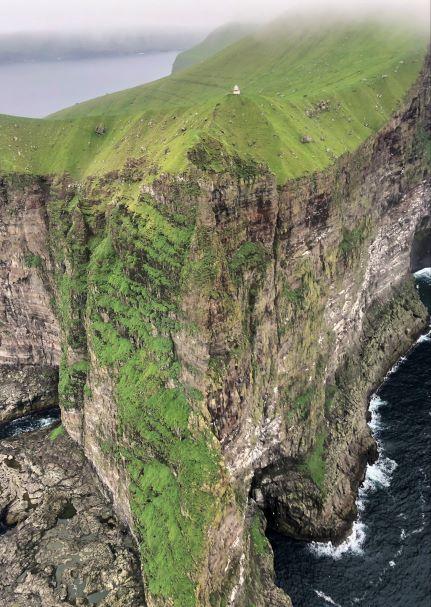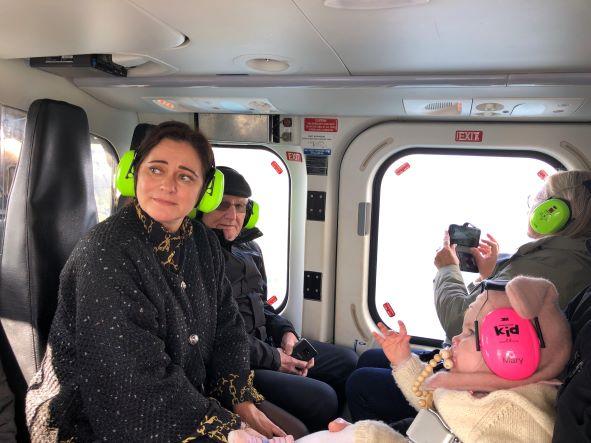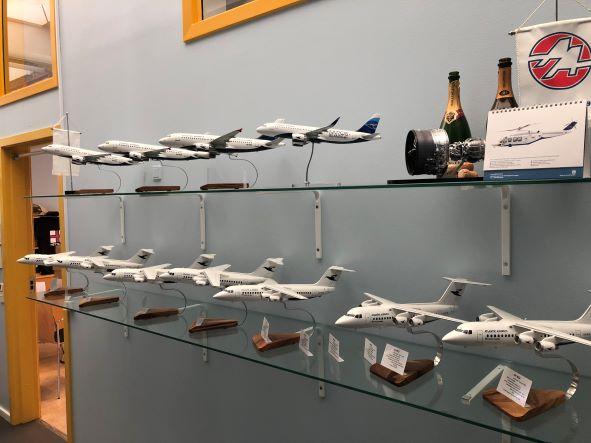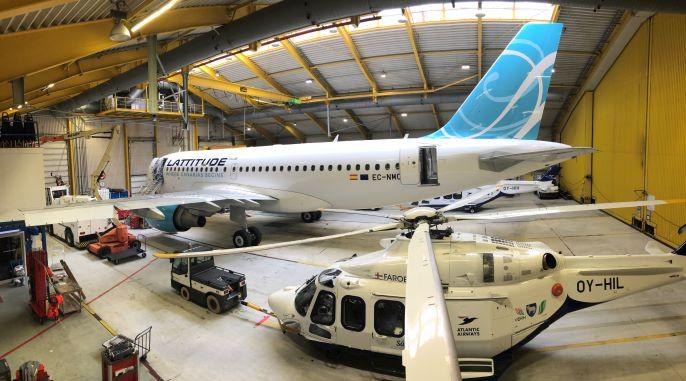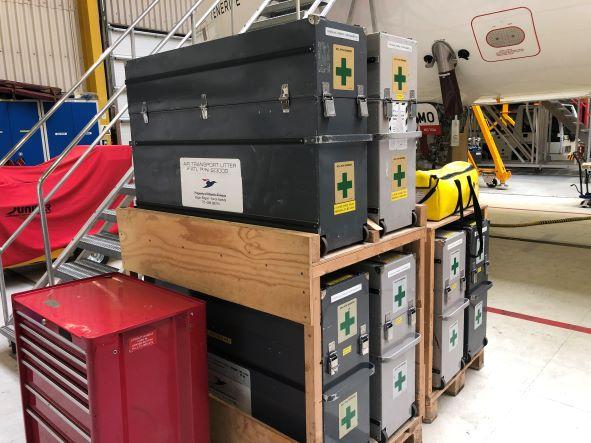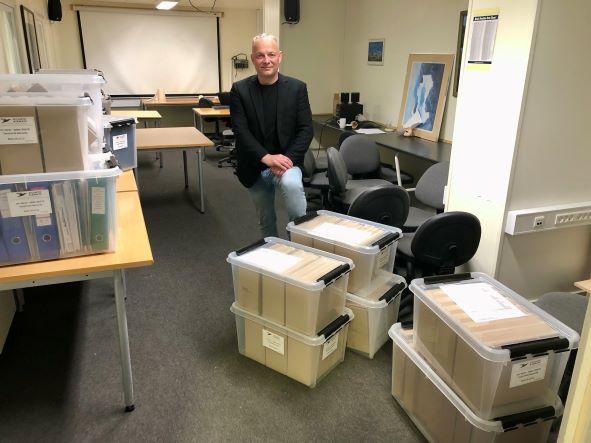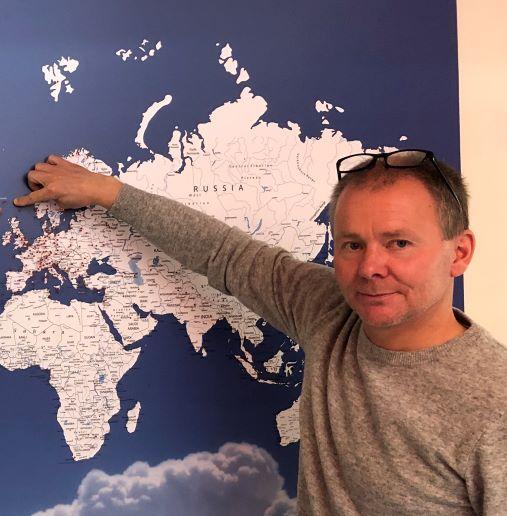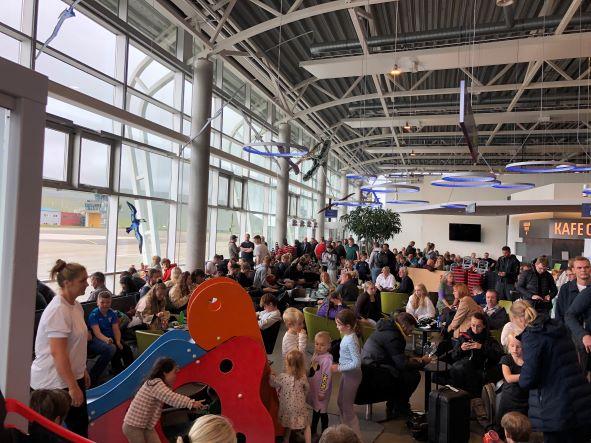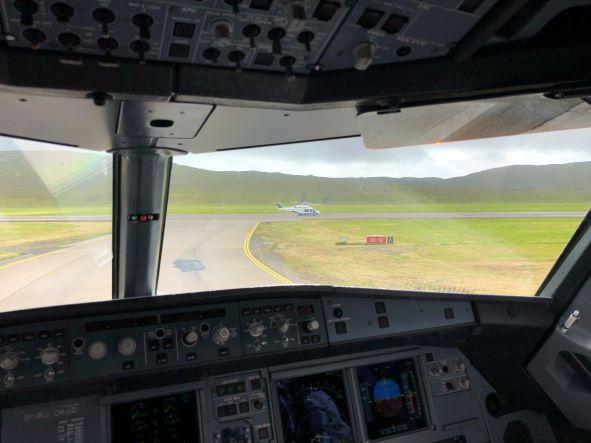Atlantic Airways is the national airline of the Faroe Islands, a self-governing archipelago, part of the Kingdom of Denmark. The Faeroes are made up of 18 rugged and rocky, volcanic islands between Iceland and Norway in the North Atlantic Ocean, connected by road tunnels, ferries, causeways and bridges.
Atlantic Airways operates domestic helicopter services and international passenger services—as well as search-and-rescue responsibilities from its base on the island of Vágar, which is home to the Faroe Islands’ only airport—with a modern fleet of one Airbus A319, one A320 and two A320neo aircraft, as well as two Leonardo AW139 helicopters.
Atlantic Airways began operations in 1988 and is 100%-owned by the Faroese government but is arranged as a limited company. The carrier is integral to the nation’s economy, transporting around 330,000 passengers to and from the remote islands annually. The small carrier operates in a very challenging environment, with constantly changing weather conditions. However, Atlantic Airways fulfills all standards that a modern airline should offer.
ATW correspondent Kurt Hofmann offers some exclusive pictures from a recent visit to Atlantic Airways’ head office in the North Atlantic.
